Understanding Vacuum Brazing: A High-Precision Metal Joining Technique
In industries where strength, precision, and cleanliness are essential—such as aerospace, electronics, and medical device manufacturing—traditional metal joining methods like welding or soldering often fall short. One advanced technique that stands out is vacuum brazing, a process that offers strong, clean, and highly reliable joints without compromising the integrity of the base materials.
What Is Vacuum Brazing?
Vacuum brazing is a metal joining process that uses a filler metal to bond two or more components together at high temperatures within a vacuum furnace. Unlike welding, which melts the base materials, brazing only melts the filler metal, which flows into the joint by capillary action. This allows the base metals to retain their original properties while forming a strong, permanent bond.
What sets vacuum brazing apart from other brazing methods is the vacuum environment. The furnace is evacuated of air and other reactive gases, creating a low-pressure or high-vacuum atmosphere. This environment prevents oxidation and contamination during the brazing cycle, ensuring cleaner and stronger joints.
How the Process Works
The vacuum brazing process involves several steps, each requiring precise control:
- Preparation of Components: All parts to be joined must be thoroughly cleaned to remove any oils, oxides, or contaminants. A clean surface is essential for proper filler metal flow and adhesion.
- Assembly: The parts are assembled with tight tolerances, typically in the range of 0.025 to 0.125 mm. The filler metal—often in the form of foil, paste, or rings—is placed at the joint interface.
- Loading into the Furnace: The assembled components are placed in a vacuum furnace. The chamber is sealed, and air is removed to create a vacuum, often at pressures lower than 10⁻⁴ torr.
- Heating: The furnace is gradually heated to a temperature above the melting point of the filler metal but below the melting point of the base materials. This usually ranges from 900°C to 1200°C (1650°F to 2200°F).
- Brazing: At brazing temperature, the filler metal melts and is drawn into the joint by capillary action. The absence of oxygen prevents oxidation, eliminating the need for flux.
- Cooling: Once the brazing cycle is complete, the furnace is cooled, and the parts solidify into a single bonded assembly.
Advantages of Vacuum Brazing
Vacuum brazing offers several distinct advantages that make it suitable for high-performance applications:
- No Flux Required: Since the vacuum environment prevents oxidation, there's no need for chemical flux. This results in cleaner joints with no residue or post-braze cleaning required.
- Strong, Leak-Tight Joints: The process produces high-strength joints that are also hermetically sealed—ideal for components that must be vacuum- or pressure-tight.
- Excellent Dimensional Stability: Because the base metals are not melted, there is minimal distortion. This allows for tight tolerances and precision in final assembly.
- Compatibility with Dissimilar Metals: Vacuum brazing is especially useful when joining dissimilar metals or metal-to-ceramic components, which are difficult to weld using conventional techniques.
- Oxidation-Free Surfaces: The vacuum environment produces bright, oxidation-free parts, which is beneficial for both appearance and performance.
Limitations to Consider
While vacuum brazing has many advantages, it also comes with certain limitations:
- High Equipment Cost: Vacuum furnaces are expensive to purchase and operate, which may not be cost-effective for small-scale or low-volume applications.
- Not Suitable for Field Repairs: The process is confined to a controlled industrial setting and cannot be performed on-site.
- Strict Tolerances Required: For capillary action to be effective, parts must be machined with very tight tolerances. Poor fit-up can result in weak or incomplete joints.
- Preparation is Critical: Cleanliness and proper assembly are essential. Any contamination or misalignment can compromise the joint quality.
Common Applications
Thanks to its precision and cleanliness, vacuum brazing is widely used in industries where traditional joining methods cannot meet the performance demands:
- Aerospace: Vacuum brazing is used for joining turbine blades, heat shields, and fuel systems. The process meets the stringent requirements for strength, reliability, and thermal performance.
- Medical Devices: The clean, flux-free nature of vacuum brazing is ideal for implantable devices and surgical instruments, where contamination must be avoided.
- Electronics: It is used to bond heat sinks, connectors, and ceramic substrates to metal housings without damaging sensitive components.
- Heat Exchangers: Vacuum brazing provides leak-proof and corrosion-resistant joints essential in HVAC and automotive heat exchangers.
Conclusion
Vacuum brazing is a highly specialized, reliable method of joining metals that offers unmatched strength, cleanliness, and precision. Although the equipment and setup costs are high, the benefits far outweigh the limitations for critical applications. From aerospace and medical technologies to high-end electronics, vacuum brazing continues to be a trusted process where performance and quality cannot be compromised.
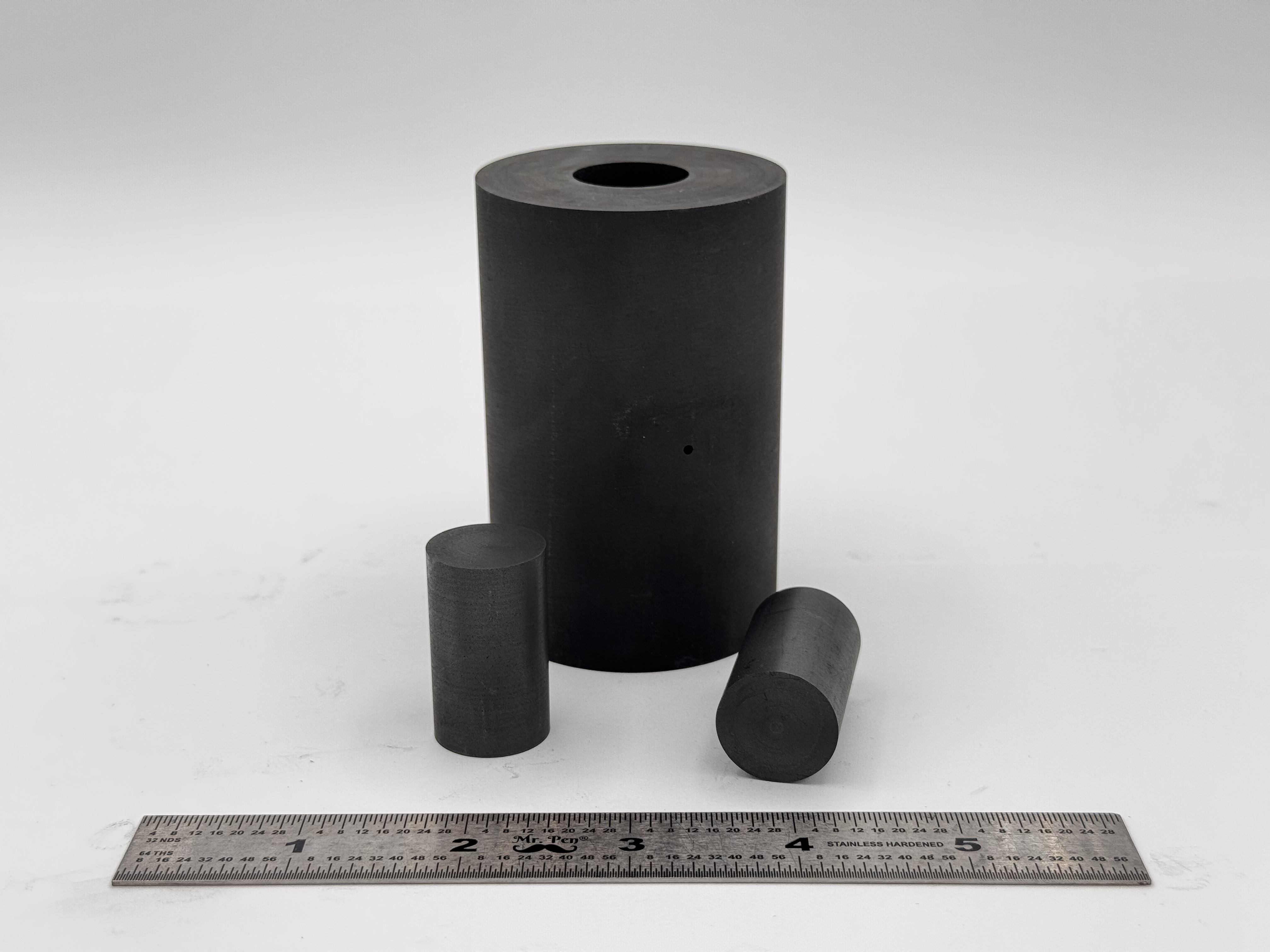 High Strength SPS Graphite Tooling
High Strength SPS Graphite Tooling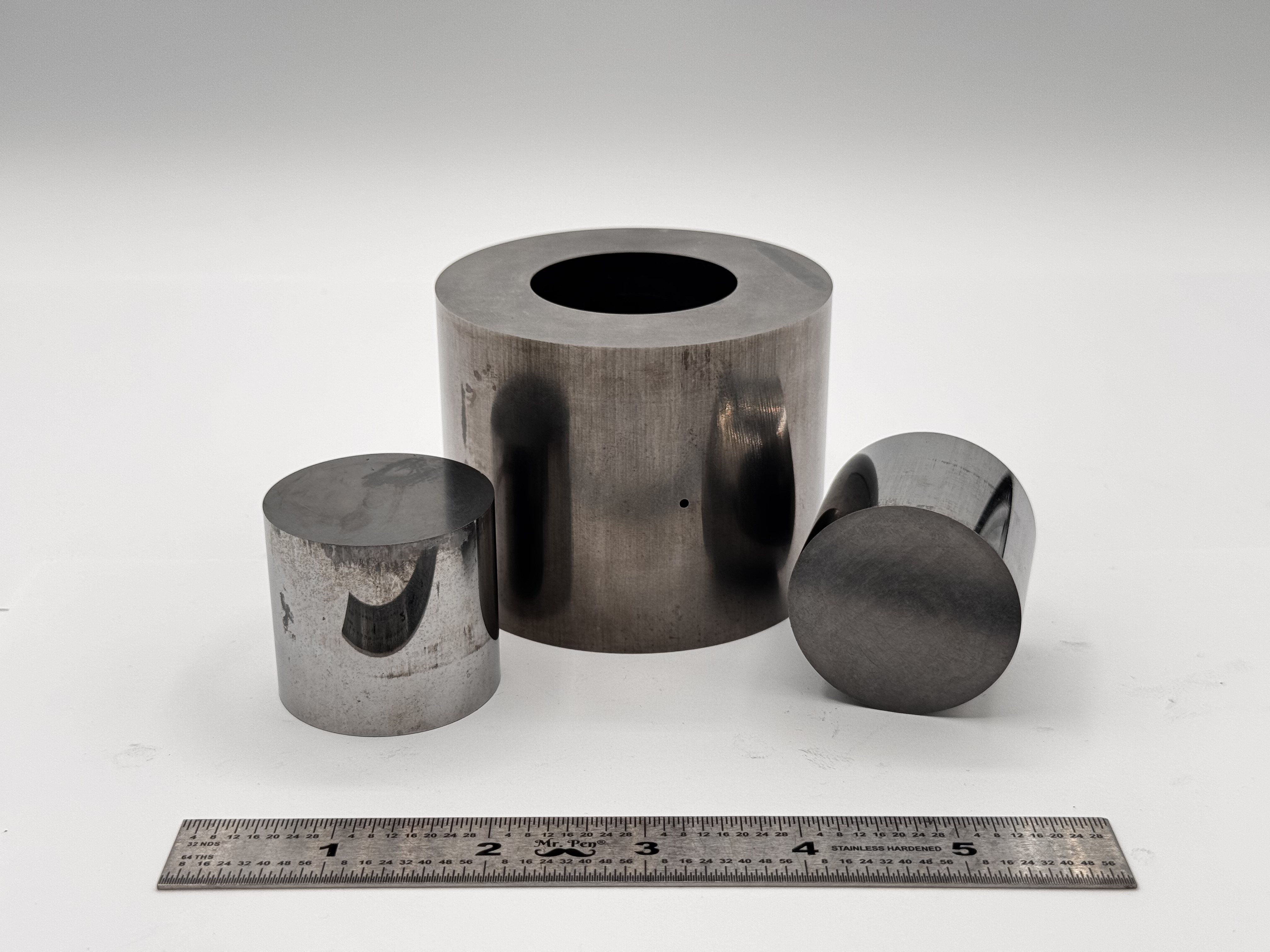 Tungsten Carbide Tooling
Tungsten Carbide Tooling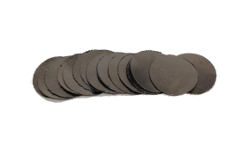 Carbon Graphite Foil / Paper
Carbon Graphite Foil / Paper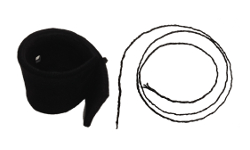 Carbon Felt and Yarn
Carbon Felt and Yarn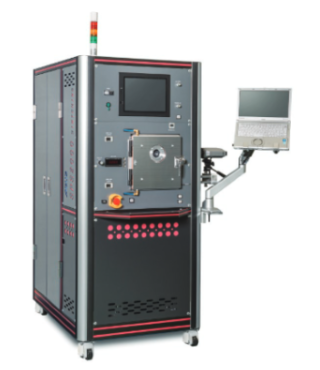 Spark Plasma Sintering Systems
Spark Plasma Sintering Systems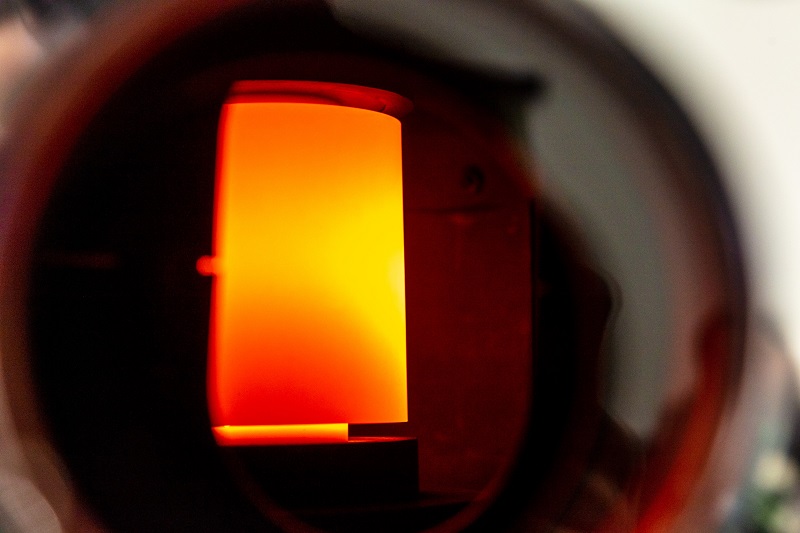 SPS/FAST Modeling Software
SPS/FAST Modeling Software